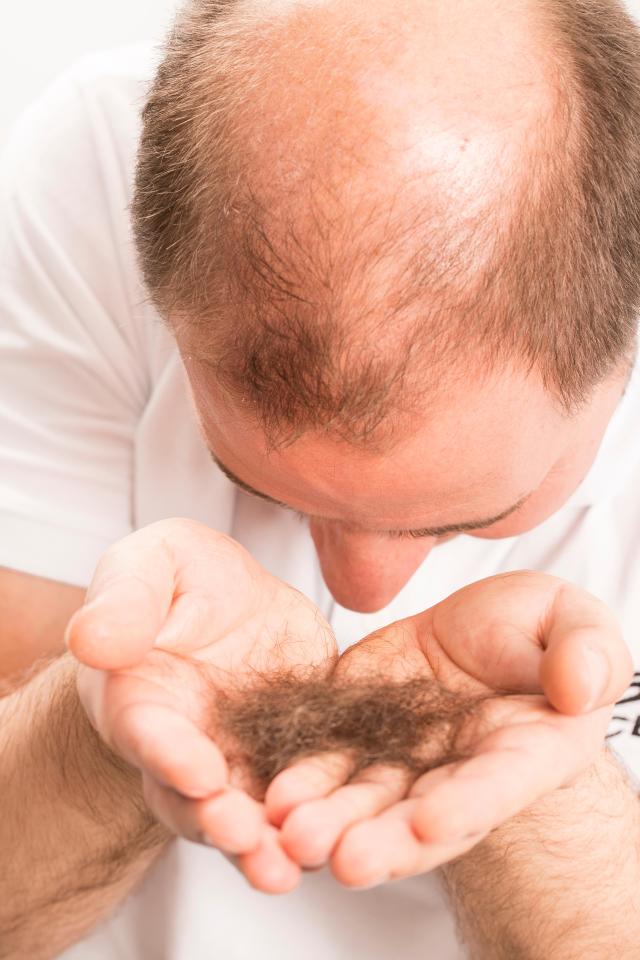HISTORY dictates that hair is seen as a sign of social significance with flowing locks indicating good health and youth.
However some people experience hair loss, which is known was alopecia, and is a condition some people find difficult to come to terms with.

What is alopecia?
Alopecia is medical term for hair loss, and male-pattern baldness is the most common type affecting around half of all men by 50 years of age.
It usually starts around the late twenties or early thirties and most men have some degree of hair loss by their late thirties.
It generally follows a pattern of a receding hairline, followed by thinning of the hair on the crown and temples, leaving a horseshoe shape around the back and sides of the head.

Male-pattern baldness is hereditary, which means it runs in families and thought to be caused by oversensitive hair follicles.
As well as affecting men, it can sometimes affect women and the hair usually only thins on top of the head.
It’s not clear if it is hereditary and the causes are less well understood.

What is alopecia areata?
This particular condition causes patches of baldness about the size of a large coin.
They usually appear on the scalp but can occur anywhere on the body.
In most cases of alopecia areata, hair will grow back in a few months.
At first, hair may grow back fine and white, but over time it should thicken and regain its normal colour. Some people go on to develop a more severe form of hair loss, such as alopecia totalis (no scalp hair) and alopecia universalis (no hair on the scalp and body)
Alopecia areata is caused by a problem with the immune system and it is more common among people who have an anoveractive thyroid (hyperthyroidism), diabetes or Down’s syndrome.
It can occur at any age, but mostly affects teenagers and young adults.

What is the treatment for alopecia?
For the more common types of hair loss, such as male and female pattern baldness, treatment is not necessarily needed because it is a natural part of ageing.
However there are possible treatments which can be explored and anyone concerned should speak to their GP.
Alopecia areata is usually treated with steroid injections, although it’s sometimes possible to use a steroid cream, gel or ointment.
However there could be a cure for baldness on the horizon after a new drug was discovered.
[“Source-thesun”]
